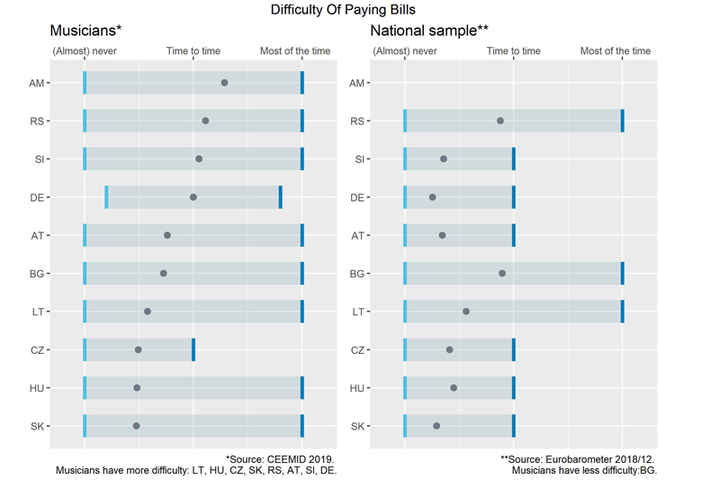Survey Harmonization

We provide retrospecitve, ex post, and ex ante survey harmonization to our partners.
- The aim of retrospective survey harmonization is to pool data from pre-existing surveys made with a similar methodology in different points in time and different countries or territories. Ex post survey harmonization is in a way a passive form of pooling research funding because you can utilize information from surveying that were made on somebody else’s expense.

- The aim of ex ante survey harmonization is to maximize the value from future retrospective harmonization; in a way, it is an active form of pooling research funding, because you benefit from money spent on related open governmental and open science survey programs.

retorhamonize is a peer-reviewed, scientfic statistcal software that allows the programmatic retrospective harmonization of surveys, such as the last 35 years of all Eurobarometer microdata, or all Afrobarometer microdata. Eurobarometer grew out of certain CEE member states’ need for comparable data about their music and audiovisual sectors. We commissioned surveys following ESSNet-Culture guidelines and combined our survey data with open access European microdata-level surveys.
regions solves the problems caused by Europe’s shifting regional boundaries, which have undergone changes in several thousand places over the last twenty years, meaning member states’ and Eurostat’s regional statistics are not comparable over more than two to three years. This software validates and, where possible, changes the regional coding from NUTS1999 until the not yet used NUTS2021, opening up vast, valuable, untapped data sources that can be used for longitudinal analysis or for panel analysis far more precise than what national data alone would allow. It was originally designed in a research project at IVIR in the University of Amsterdam to understand the geographical dynamics of book piracy. Because of the needs this software fills, it had 700 users in the first month after publication. It is particularly useful to re-code old surveys, as regional boundaries are changing in each decade several hundred times in Europe.